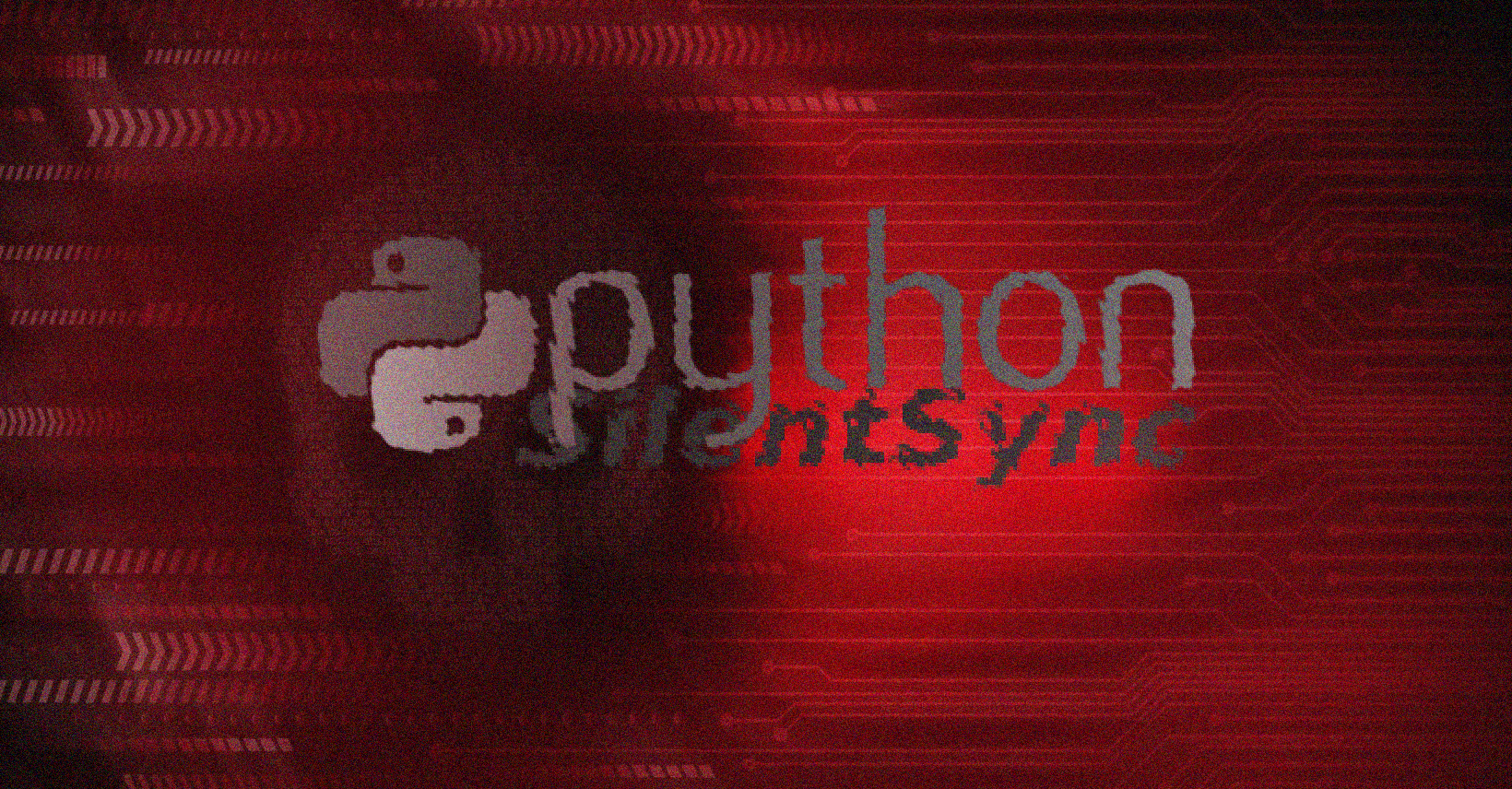The Chrome zero‑day CVE‑2025‑6558, discovered July 18, 2025, enables remote attackers to bypass Chrome’s GPU sandbox on Windows, macOS, and Linux. Malicious HTML can escape confined processes, placing crypto wallet credentials at risk. This article examines the vulnerability’s mechanics, the affected users—especially in crypto circles—and the urgency of patching.
Nature of the Chrome zero‑day CVE‑2025‑6558 Vulnerability
Google’s Threat Analysis Group identified improper validation of untrusted input in the ANGLE and GPU components of Chrome. ANGLE, responsible for translating WebGL calls to the operating system, along with GPU processing, contained weaknesses enabling attackers to craft malicious HTML that escapes the sandbox. The vulnerability has a high severity rating of 8.8 on the CVSS scale.\
Chrome versions prior to 138.0.7204.157/158 are at risk on all major desktop platforms. Once exploited, attackers can execute code outside the browser’s intended security boundary. That allows access to local storage, cookies, and potentially crypto wallet extensions loaded in the browser. This sandbox escape grants attackers greater control over the victim’s environment than typical browser flaws.
Exploitation in the Wild and Crypto‑Focused Impact
This is the fifth zero‑day patched by Google in 2025, following CVE‑2025‑2783, ‑4664, ‑5419, and ‑6554. Active exploitation of CVE‑2025‑6558 has been reported by global CERTs and security news outlets. While Google has not disclosed specific campaign details, early indicators suggest attackers are focusing on users accessing crypto services.
The vulnerability is being used to target individuals logged into Web3 wallet extensions or WebGL-based wallet interfaces. Once sandbox escape is achieved, an attacker can inject scripts into background pages, intercept key materials like seed phrases, and exfiltrate them. Given the prevalence of Chrome for Web3 activities, the flaw poses immediate risk to blockchain investors and traders.
Security Update and Mitigation Measures
Google deployed patches on July 16–18, 2025, updating the stable desktop browser to version 138.0.7204.157/158. Users are urged to update at chrome://settings/help and restart the browser.

Because threat actors may have developed exploits before patches were released, users should ensure wallet extensions have no suspicious background activity. Developers of Web3 applications should audit client‑side code that interacts with GPU or WebGL APIs to confirm compatibility with patched Chrome builds.
This zero‑day highlights continuing risks in browser GPU subsystems. ANGLE and GPU libraries are increasingly targeted as alternative sandbox escape vectors, bypassing conventional content filters. Past threats such as Lazarus APT campaigns have exploited browser zero‑days to steal cryptocurrency, underscoring how threat actors blend WebGL abuse with wallet attacks.
Chrome Zero‑Day Frequency
Chrome’s fifth zero‑day in 2025 indicates an uptick in real‑world exploitation. Recent years have seen similar trends, where GPU or graphics‑related flaws became favored escape paths. The rapid sequence of reported vulnerabilities suggests attackers are focusing on root browser components rather than extensions or plugins.
Google’s fast patch cycle and disclosure transparency with TAG researchers reflects this urgency. Still, the recurrence of GPU‑based flaws emphasizes the need for continuous monitoring and rapid patch deployment by users, especially those in crypto sectors where browser control equals financial control.





